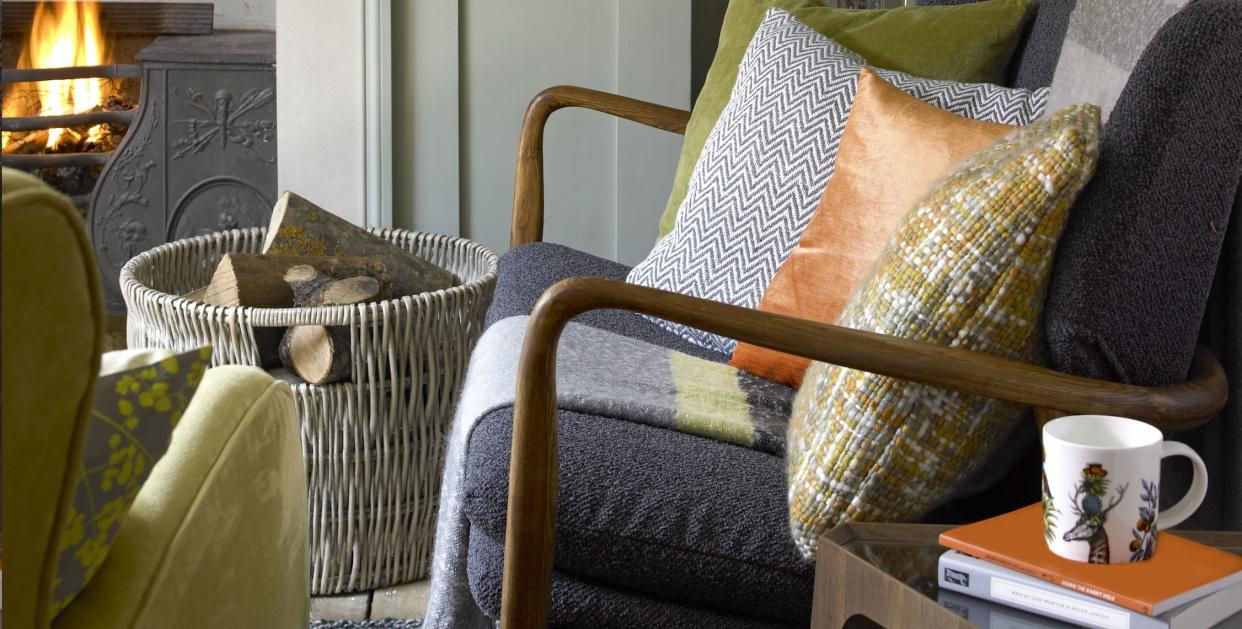3 heating mistakes making your house colder

With new yellow weather warnings issued by the Met Office as snow and ice hits the UK, many households are looking for heating hacks to keep rooms insulated. But are you making common mistakes that could be letting the cold air in?
'As winter sets in and temperatures drop, homeowners often find themselves reaching for the thermostat to keep their homes warm and cosy. However, despite having the heating on, you might still be experiencing a chilly home,' says interior expert Warren Kinloch from Bathroom Deal.
Take a look at the biggest heating mistakes and how to avoid them:
1. Placing your furniture too close to the radiator
'One common mistake is placing furniture too close to the radiator. While it may seem like a logical way to maximise heat distribution, it can hinder the effectiveness of your heating system,' explains Warren.
'Furniture acts as a barrier, preventing warm air from circulating freely around the room. To optimise heat flow, ensure sufficient space between your furniture and radiators. This can allow the warm air to circulate freely and warm up the entire room more efficiently.'

2. Misconfigured thermostat settings
Have you double checked your thermostat settings recently?
'Misconfigured thermostat settings can be a sneaky factor contributing to a chilly home. Many homeowners unknowingly set their thermostats incorrectly, which can lead to inadequate heating,' Warren reveals. 'You should always double check that your thermostat is programmed correctly, and consider investing in a smart thermostat for more precise temperature control.'
Also be mindful where you place thermostats – they should be away from direct sunlight, drafts, and heat sources to provide accurate readings and ensure optimal heating performance.
3. Gaps in windows and doors
Draughty windows and doors can make your home feel much colder, contributing to significant heat loss.
'Cold drafts from poorly sealed windows and doors can offset the warmth generated by your heating system,' says Warren. To check, run your hand along window frames and door edges. If you feel air, consider adding weatherstripping or applying caulk to seal gaps.
'In some cases, replacing old windows and doors with more energy-efficient ones can significantly improve insulation and reduce heat loss, so this could be a more cost-effective option for the long-term,' he suggests.
Follow House Beautiful on TikTok and Instagram.
You Might Also Like



